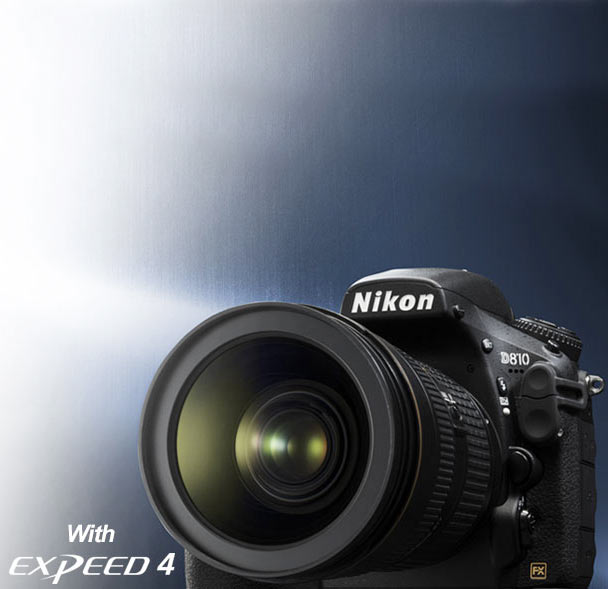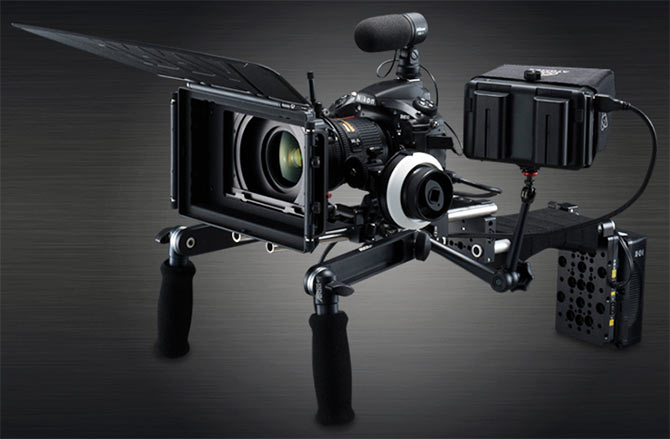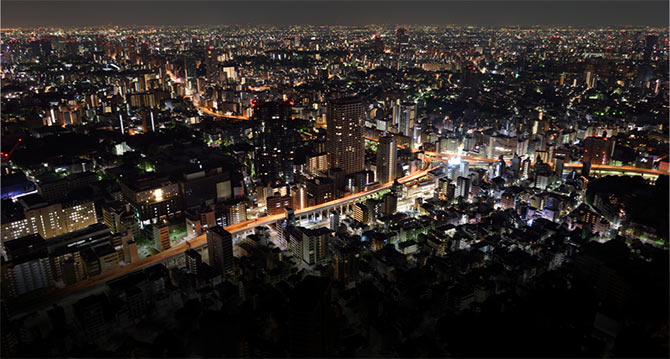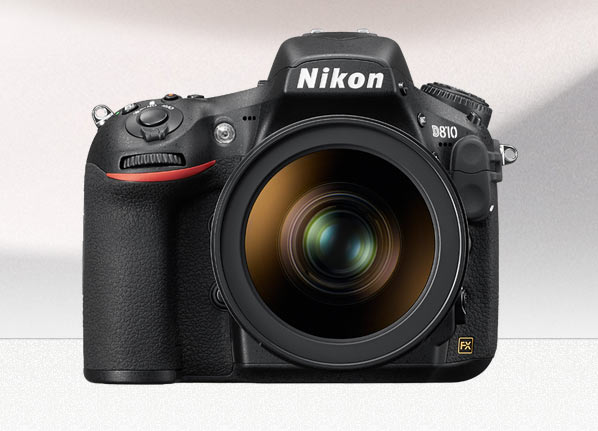Photographs: nikon.com Shruti Puri
A peek into the features that will make or break this latest DSLR from Nikon
D810, the latest DSLR by Nikon, is a combination of Nikon D800 and D800E. The camera comes with DSLR definitions redefined. Full HD video recording and 36.3 megapixels sensor for imaging, enable you to explore a world of possibilities.
With ISO range of 64 to 51200, the images are delivered free of noise. Nikon D810 is fit for all kinds of lighting conditions and has the power to bring richer colours to images. Let's dive deep into the world of Nikon D810.
Imaging
The autofocus modes are single point, dynamic-area (9-point, 21-point & 51-point), auto-area and group-area (4 points). These modes help in enhanced subject tracking and detection. The electronic front-curtain shutter function generates minimum vibration.
Another redesigned balancer/sequencer cuts off vibrations generated internally as well. Burst mode shoots can be done up to 7fps. You can also achieve light-trail picture.
Apart from RAW and JPEG formats, RAW Size S balances the file size and colouring. LCD monitor's colour can be customised for viewing and a split-screen view for accurate levelling.
Moreover, Nikon Integrated Dust Reduction System has been incorporated that cleanses the image sensor. All your stuff gets stored inside high-speed compact flash and SD dual card slots.
The strong build and long battery back up of the camera allows for better handling and liberal shooting. Nikon D810 is compatible with all Nikkor lenses developed since 1969.
Please click NEXT to continue reading
Recording
Image: Nikon D810Full HD videos can be recorded at 60p frames per second up to 20 minutes normally or up to 10 minutes with high image quality. You can also record fast moving action and play it back at slower 24p frame rate at 2.5x slow-motion.
For Videos
Videographers can take direct, pure video output of uncompressed files to external recorder through HDMi cable.
At the same time, you can record videos in camera too. A supplied clip avoids the HDMI cable from being accidentally detached.
Please click NEXT to continue reading
ISO
Image: Nikon D810You can exploit ISO range from 64 to 12800 equivalents, expandable to Hi1 (25600) and Hi2 (51200), or you can simply put on Auto ISO. The EXPEED 4 image processor minimises the noise over entire range.
FX- and DX-based Movie Formats
The FX-based format lets you isolate the main subject by deploying a shallow depth of field, whereas the DX-based format uses central area of image where a lens performs best.
Switching between these two format let you avoid changing of lenses or moving camera often for a different view angle. These format help in shooting interviews and live performances.
Please click NEXT to continue reading
Two new metering modes for time-lapse
Image: Nikon D810- Center-weighted metering is resistant to sudden changes in the brightness of frame-centered subjects, and so provides stable exposure.
- Highlight-weighted metering is resistant to overblown highlights, thus, you can easily shoot subjects under spotlights.
Power Aperture
You can change the aperture smoothly and quietly without disturbing the command dial, so changes in brightness, when you are panning from bright to dark or vice versa, get easily handled.
Please click NEXT to continue reading
Audio
Image: Nikon D810You can monitor audio levels of in-built stereo mics via sound level indicator visible on LCD and also with a headphone connector for sound monitoring via stereo headphones.
When you are shooting outdoors, wind noise reduction and frequency response selection helps in achieving cleaner audio. You can also attach ME-1 stereo mic, if you wish, to record high-quality sound with less operational noise caused due to lens movements.
Highlight Indicator, Focus Peaking and Picture Control System
Overblown highlights in the scene are displayed in the form of Zebra patterns over LCD screen, which can be turned off in the HDMi output while keeping LiveView active.
You can achieve accurate focus on small or specific areas in the scene via smaller focus area in normal-area AF. The new picture control system lets you shoot videos with rich colour information.
Please click NEXT to continue reading
Accessories
Image: Nikon D810WR-1 Wireless Remote Controller
With one WR-1 (receiver) added to the camera, you can view or change the camera settings via another WR-1 display (transmitter) and also release the shutter. You can control a group of cameras with single WR-1 or by synchronising them to master camera with WR-1 added.
WRC is helpful in video shooting and time-interval photography.
WR-R10/WR-T10 Wireless Remote Controllers
With these controllers, you can operate Autofocus by half-pressing shutter-release button. For burst mode you have to keep the shutter-release pressed.
UT-1 Communication Unit
It can be mounted over the accessory shoe. The unit allows for secure data transfer from camera to PC and also acts as remote control of camera from PC via a wired LAN.
Camera Control Pro 2
This helps you to control shutter speed, exposure mode, aperture, pause and resume video shooting, switch between LiveView for videos and stills, view audio level indicators, control LiveView photo shoot and change white balance.
With wireless transmitter attached, images can be transferred using Wi-Fi or Ethernet connection.








Comment
article